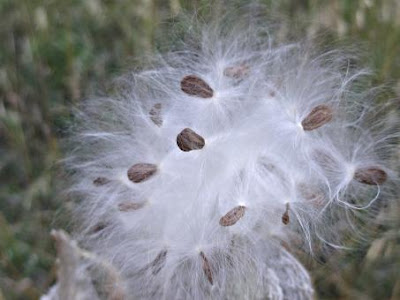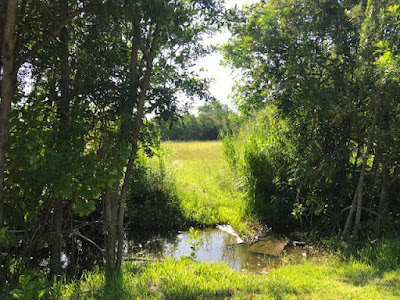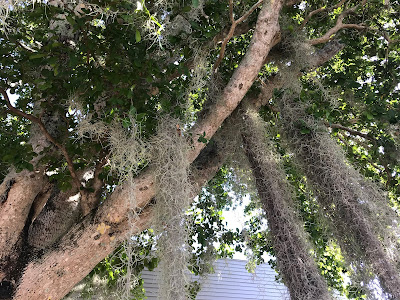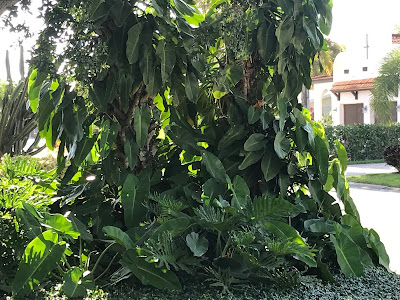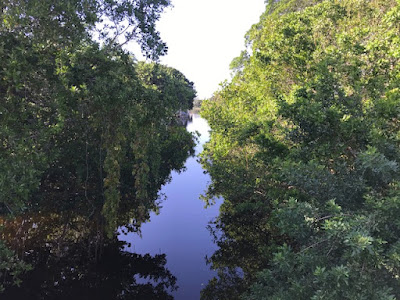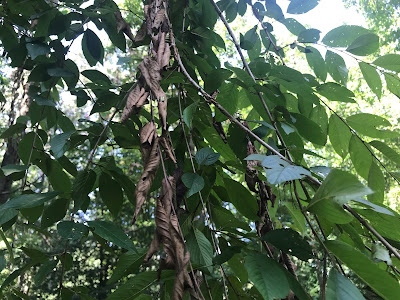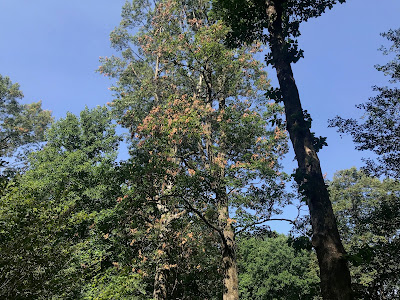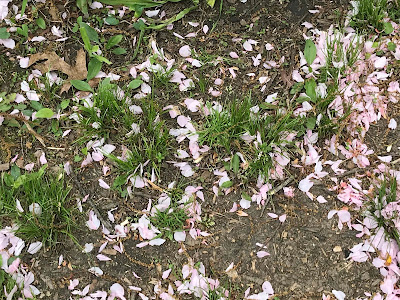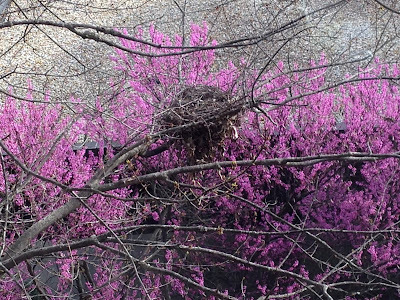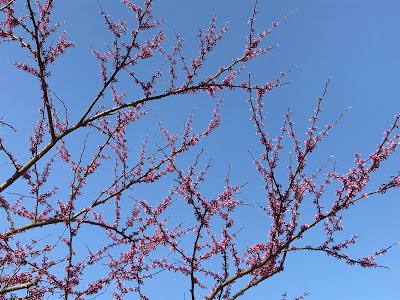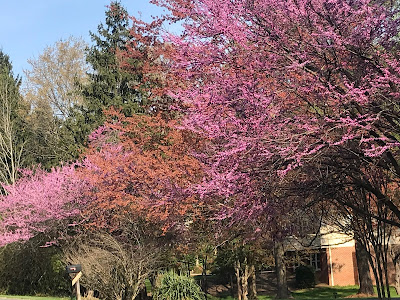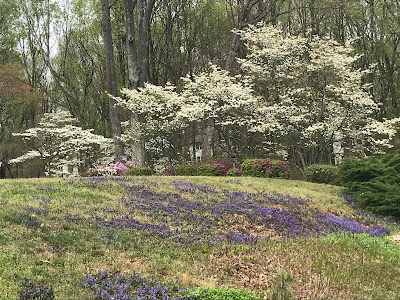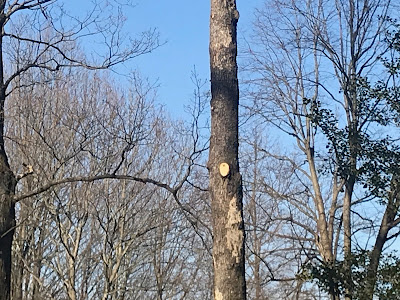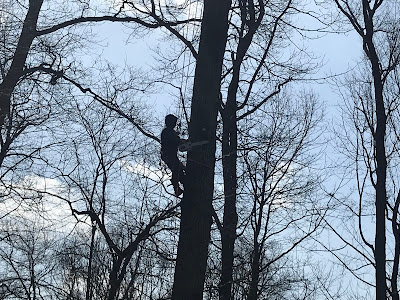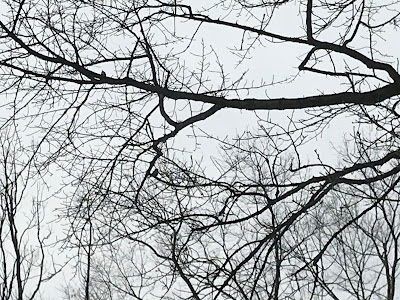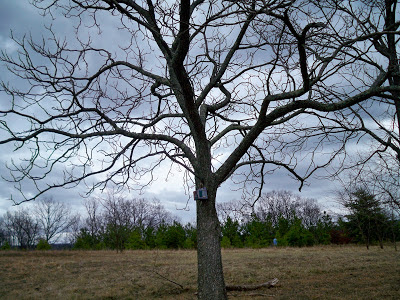Fluff in Fall
I turned the corner onto Lawyers Road the other day (yes, there is a road called Lawyers here, one called Courthouse, too), and ran right into a cloud of milkweed fluff, a passel of winged silk flying in the wind. Only the warm air flowing through the car reminded me that I wasn’t driving into snow flurries.
More gardeners are cultivating the milkweed plant now for the monarch butterflies it attracts and protects, which may explain the proliferation of fluff.
And what a perfect time of year to receive it, perfect for the milkweed most of all, but also perfect for humans, who are more likely this time of year to have crispy leaves or hard acorns falling on our heads, whose imaginations are beginning to take on the more realistic, less whimsical cast of fall and winter.
Fluff seems a springtime thing, as gossamer as our gardens are in April or May, more like cherry tree petals, which also swirl around in a light breeze. Fluff in fall runs counter to our expectations. It helps us dream.
(Photo courtesy Stockvault)
